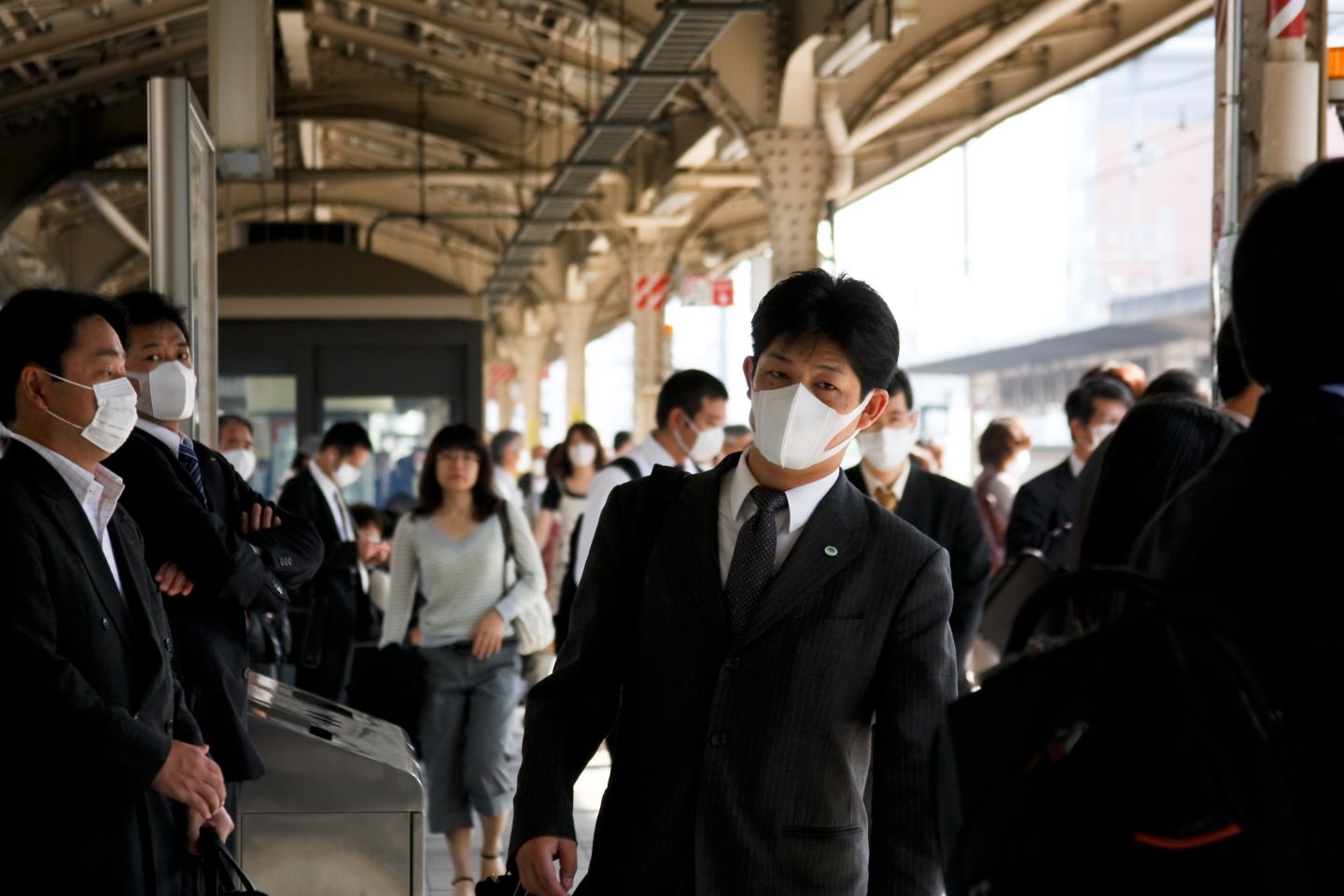At the end of 2023, Japan’s Central Social Insurance Medical Council (Chuikyo) approved the outlines of its drug pricing and repricing reform for national health insurance (NHI)-listed drugs that will take effect in FY 2024 and FY 2025. All proposals covered in the reform are expected to be released before April 2024.
Average price cuts increase in Japan since 2018
The Ministry of Health, Labour and Welfare (MHLW) set up two main goals for the FY 2024 price reform: ease the delay in drug approvals in Japan and ensure a stable drug supply chain. The country was previously generous in funding innovative drugs but has faced an increasing financial burden in the public health sector due to the ageing population. To address and maintain the financial sustainability of the national insurance system, the government rolled out several new repricing schemes and stricter repricing rules for regular price reductions. Newly introduced repricing schemes included the market expansion scheme and cost-effectiveness assessment (CEA) repricing. Most of the reforms were rolled out between 2018 and 2020. The average price change for branded drugs in Japan, likely triggered by routine price reduction, grew from an average price cut of 7.48% in April 2014 to 11.11% in April 2022.
The implementation of new repricing schemes also led Japan to higher price cuts compared to leading European countries. The pharmaceutical price trend for patent-protected products in Japan during 2018–2022 was negative 10.97%, a much greater average price cut compared to the top five European markets (France, Germany, Italy, Spain, and the UK) and Australia.
However, the budget constraint strategy has mitigated the growth of Japan’s pharmaceutical market in terms of value, despite drug sales by volume increasing. Japan had negative market growth in recent years, leading overseas companies to have less interest in marketing their new products in Japan at an earlier stage. Consquently, the drug lag phenomenon in Japan has worsened compared to the US and EU.
Reform on price premiums granted to innovative drugs
The MHLW agreed to increase the price level of innovative drugs as to encourage more drug developers to conduct research activities in Japan. One of the main strategies to achieve this goal is to reform the NHI price premiums.
Innovative drugs are eligible for multiple price premiums to boost their NHI prices in both the initial pricing and post-marketing stages. In the FY 2024 price revision, one of the reform highlights is to expand the coverage of price premiums in the initial pricing and post-marketing stages. The sakigake premium (10%–20%) is granted to drugs with sakigake designation, also known as the fast-track regulatory approval pathway. Previously, only drugs with new drug applications (NDAs) filed in Japan within 30 days of filing to the FDA or EMA were able to receive sakigake designation. However, the pharma industry criticised that such criteria were less likely to be possible, and thus only a limited number of innovative drugs were able to receive the price premium. At the end of 2023, the MHLW revised the regulations such that a drug that has an NDA filed in Japan within “three months” after its overseas filing will be eligible for sakigake designation. Additionally, the Chuikyo will introduce a new pioneer premium as part of the FY2024 reform in which additional premium rates are expected to be lower than the sakigake premium, set between 5% and 10%. To be eligible for the new pioneer premium, a drug should be enrolled in multinational clinical trials including Japan, or clinical trials should be conducted in Japan no later than in other markets, and should also receive priority review designation under the Pharmaceuticals and Medical Devices Law, and should be filed and approved in Japan either first or within six months of its overseas filing/approval.
Meanwhile, the MHLW aims to expand coverage and increase the percentage of additional price premiums granted to listed patent-protected drugs. Under the previous regulations, even though an innovative drug met the requirement of post-launch price premiums in multiple indications, only one indication would be eligible for the additional price premiums. The MHLW believed that such a restriction discouraged manufacturers from developing their drugs for pediatric usage in multiple indications, as the post-launch premium could only be applied once. Under the new reform, the price premiums granted to each indication will all be taken into account, although the adjustment prices should not exceed 1.2 times the pre-adjustment prices. A total of nine drugs can receive additional price premiums due to the latest price premium reform in the FY 2024 price revision.
Reform for off-patent drugs
Since the cost to fund patent-protected drugs will likely increase, the MHLW decided to roll out a new co-payment scheme for off-patent long-listed products (LLPs) to balance the overall public expense for pharmaceutical products. This new co-payment scheme is scheduled to be implemented in Q3 2024. Under the new LLPs co-payment scheme, LLPs will be seen as “elective care (sentei ryoyo)”, meaning that the use of LLPs will be considered an optional treatment. Therefore, patients will need to cover part of the drug costs generated by the price gap between LLPs and their generic versions. The new co-payment regulation will support the government in reducing public funding for LLPs and is expected to improve Japan’s generic uptake rates. The MHLW estimated that the new co-payment rule will generate Y18bn ($12m) of savings in FY2024 and Y42bn ($28m) of savings in FY2025.
The FY 2024 drug price reform has been welcomed by both generic and innovative drug developers. The innovative drug industry representatives noted that the FY 2024 reform could be an important step to eliminate drug loss in Japan. The MHLW has also proposed reforms on market-expansion repricing and price maintenance premiums (PMPs), which are expected to have a positive impact on the innovative drug industry.
This article is produced as part of GlobalData’s Price Intelligence (POLI) service, the world’s leading resource for global pharmaceutical pricing, HTA and market access intelligence integrated with the broader epidemiology, disease, clinical trials and manufacturing expertise of GlobalData’s Pharmaceutical Intelligence Center. Our unparalleled team of in-house experts monitor P&R policy developments, outcomes and data analytics around the world every day to give our clients the edge by providing critical early warning signals and insights. For a demo or further information, please contact us here.






